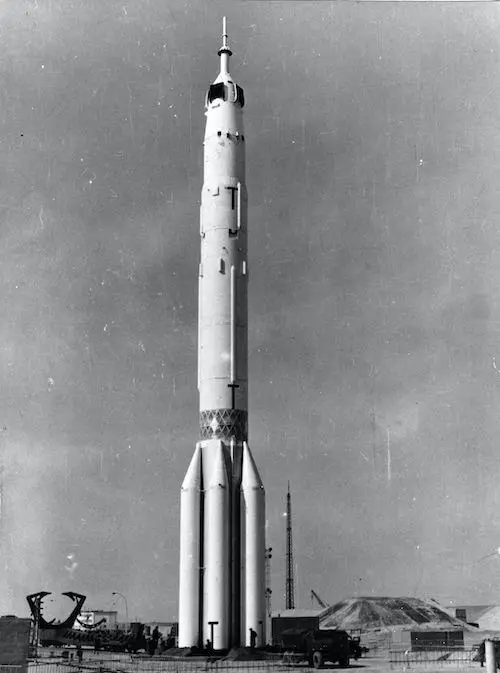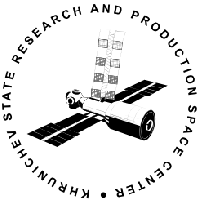Luna 22
Launch Success
Liftoff Time (GMT)
08:56:00
Wednesday May 29, 1974
Mission Details
Luna 22
Luna 22 (Ye-8-LS series) was an unmanned space mission, part of the Soviet Luna program, also called Lunik 22. Luna 22 was a lunar orbiter mission. The spacecraft carried imaging cameras and also had the objectives of studying the Moon's magnetic field, surface gamma ray emissions and composition of lunar surface rocks, and the gravitational field, as well as micrometeorites and cosmic rays. Luna 22 was launched into Earth parking orbit and then to the Moon. It was inserted into a circular lunar orbit on 2 June 1974. The spacecraft made many orbit adjustments over its 18-month lifetime in order to optimize the operation of various experiments, lowering the perilune to as little as 25 km. Maneuvering fuel was exhausted on 2 September and the mission was ended in early November. Luna 22 was the second of two "advanced" lunar orbiters (the first being Luna 19) designed to conduct extensive scientific surveys from orbit. Launched about a year after the termination of Lunokhod 2 operations on the lunar surface, Luna 20 performed a single mid-course correction en route the Moon on 30 May before entering lunar orbit on 2 June 1974. Initial orbital parameters were 219 × 222 kilometers at 19°35' inclination. In addition to its primary mission of surface photography, Luna 22 also performed investigations to determine the chemical composition of the lunar surface, recorded meteoroid activity, searched for a lunar magnetic field, measured solar and cosmic radiation flux, and continued studies of the irregular magnetic field. Through various orbital changes, Luna 22 performed without any problems and continued to return photos fifteen months into the mission, although its primary mission had ended by 2 April 1975. The spacecraft's maneuvering propellant was finally depleted on 2 September, and the highly successful mission was formally terminated in early November 1975.
Lunar orbit
1 Payload
5,700 kilograms
Rocket


Manufacturer
KhrunichevRocket
Height: 56.14m
Payload to Orbit
LEO: 18,900 kg
GTO: 9,000 kg
Liftoff Thrust
8,840 Kilonewtons
Fairing
Diameter: 3.9m
Height: 8.9m
Stages
4
Launch Site
Stats
Proton-K
42nd
Mission
2nd
Mission of 1974
Khrunichev State Research and Production Space Center
840th
Mission
30th
Mission of 1974
1974
40th
Orbital launch attempt